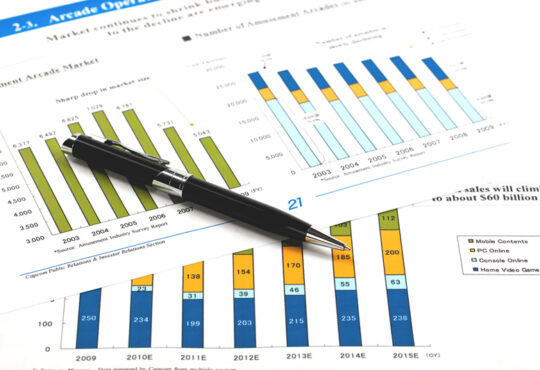Unlock the Editor’s Digest for free
Roula Khalaf, Editor of the FT, selects her favourite stories in this weekly newsletter.
This article picked by a teacher with suggested questions is part of the Financial Times free schools access programme. Details/registration here.
Read our full range of economics picks here.
Specification:
-
Demand and supply, price elasticity of supply, fiscal policy, aggregate demand, aggregate supply
Click to read the article below and then answer the questions:
The hard economic reality for anyone wanting to govern Britain
-
According to the Office for National Statistics (ONS), what was the UK employment rate in May-July 2023?
-
Identify two reasons why an older population makes rapid economic expansion more difficult
-
Identify the price elasticity of supply for NHS services
-
Using a demand and supply diagram, analyse the causes of NHS waiting lists.
-
Distinguish between i) a budget deficit; and ii) the national debt
-
Explain why public debt pushing 100 per cent of national income makes it difficult for the Labour party to pursue its recently announced four-stage plan for the economy
-
Draw and explain the Keynesian aggregate supply curve
-
Identify the aggregate demand (AD) equation
-
Using an AD/AS diagram, analyse Chris Giles’ assertion that “Increased capital spending at a time of near full employment will need to be accompanied by more imports to prevent the economy overheating, higher taxes to lower consumption, and a rise in domestic saving or higher interest rates”
Gavin Clarke, Emmanuel College






